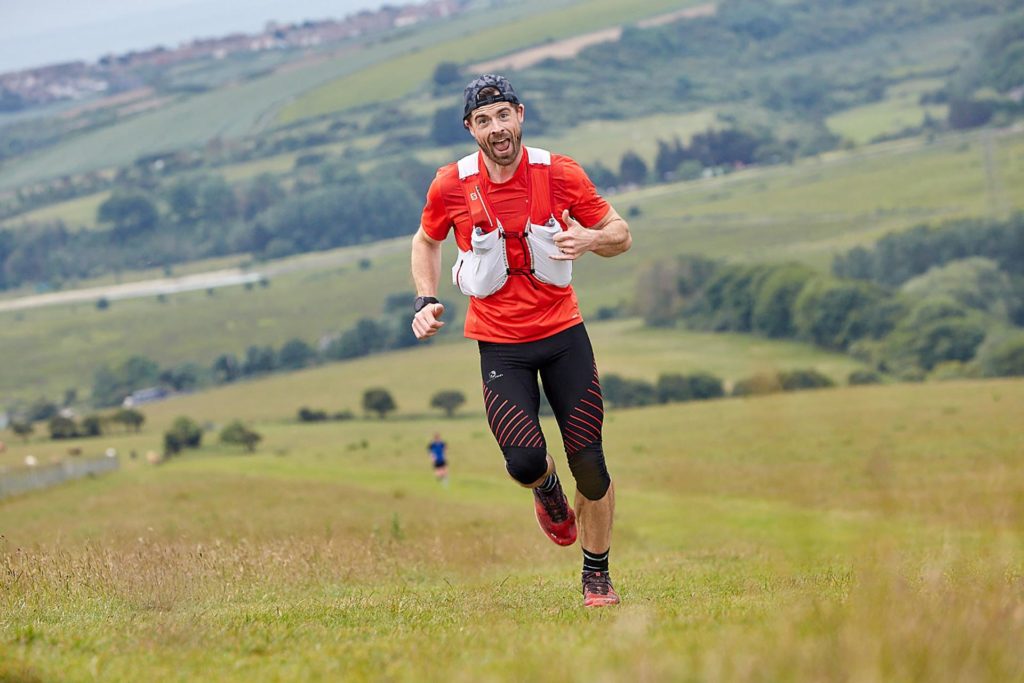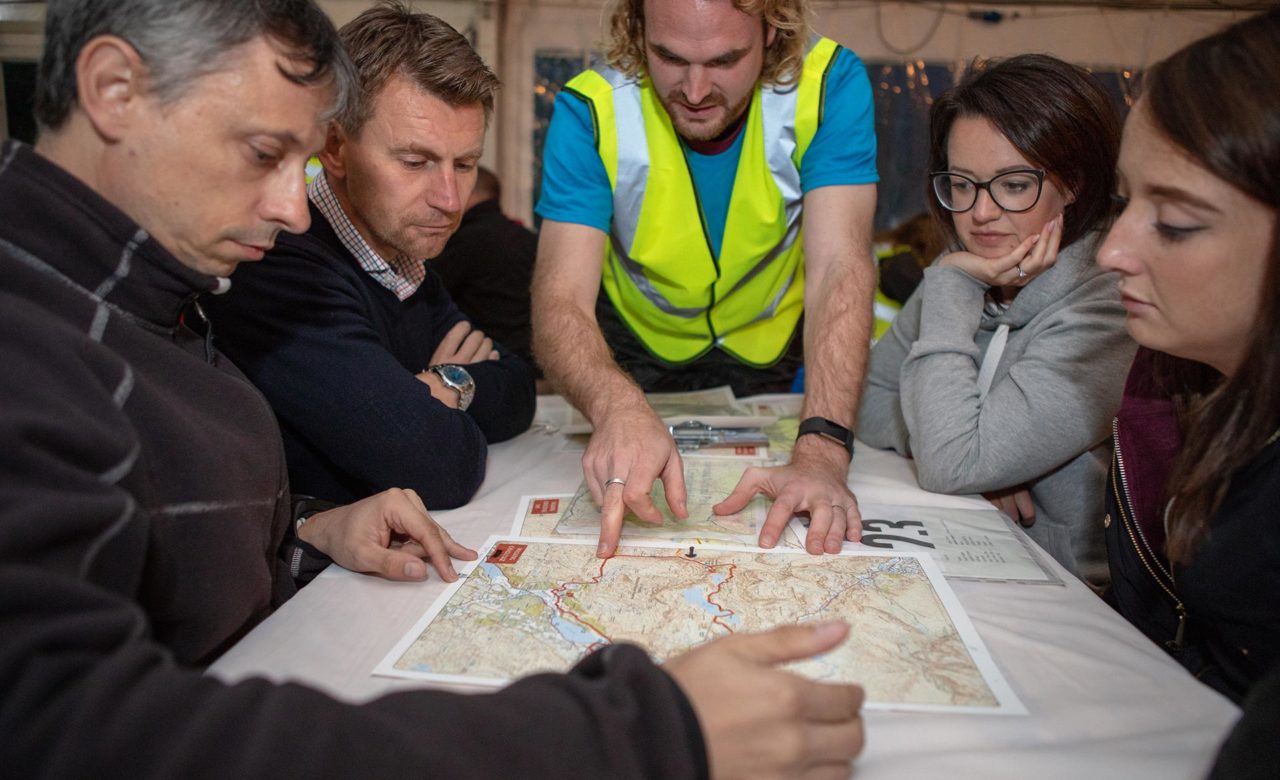Whether you’re taking on a Youth Adventure Trust hike or you’re signed up to tackle something off your own back, we can guarantee it won’t be a walk in the park! Remember, it’s called a challenge!
For that reason, we’d encourage you to commit to putting some decent time into training – it’ll mean you can trust your own fitness levels and enjoy the event knowing you’re well prepared.
We’ve prepared a handy hiking training guide as well as a weekly wall planner template so that you can get going with your training straight away!
-
Do I need to train?
Yes! Not only are hiking challenges physically demanding, they can also be a mental battle too, so we really can’t recommend enough that you make a training plan and stick to it. The more prepared you are, the more enjoyment you’ll get from the event itself.
Remember that hike challenges are a marathon, not a sprint! You might be on your feet for multiple hours and you definitely don’t want to be regretting signing up within the first 20 minutes.
-
What does my training need to consist of?
Your training needs to mainly involve lots of walking, hopefully on the terrain that you’ll be experiencing at the event itself. Push yourself out of the house in all weathers so you know what to expect. It’s a good opportunity to get used to your kit and gradually increase the length of time you’re on your feet.
There really is no substitute for hill walking as training for a hike challenge, especially if you’re going to be hiking up mountains at the event. We’ve had many a shocked participant saying they can walk for hours, but really weren’t prepared for the steep and technical terrain they covered on event day.
In addition, you should do some cross-training, for example swimming or cycling. These sports have a lower impact on the knees and feet so are great for increasing your overall fitness levels.
Strength work is also a good idea, but don’t fall into the trap of ONLY training at the gym. Being a dead lift champion, or a stepper queen will not guarantee that you’ll be able to make it to the top of a mountain, or be on your feet for 8 hours!
-
How can I plan my training activity?
Our Hike Training Guide should give you a helping hand to get you started and includes a Weekly Training Planner Template which will help you to visualise what your training will look like and record your progress.
A training plan should be realistic, so don’t schedule in a 6 hour walk for a Thursday afternoon when you’ve got to pick the kids up from school. Walk to the school instead and make little gains each day by fitting the training in. Park farther away from the supermarket, catch the bus at the next stop along, get off the train one stop early – you get the idea.
BUT, do make sure you plan to walk in the mountains on a weekend or on your day off. There is no substitute for mountain/hill walking!
-
Should I schedule rest days into my training?
You’ll be glad to hear that rest days are an important part of any hiking training plan, so do remember to schedule them in. You need to allow your body time to recover, especially if you’re new to hiking.
A word of warning – rest days can sometimes be difficult to take, especially if your training is going well, but make sure you stick to your plan and have a day off from your walking boots.




